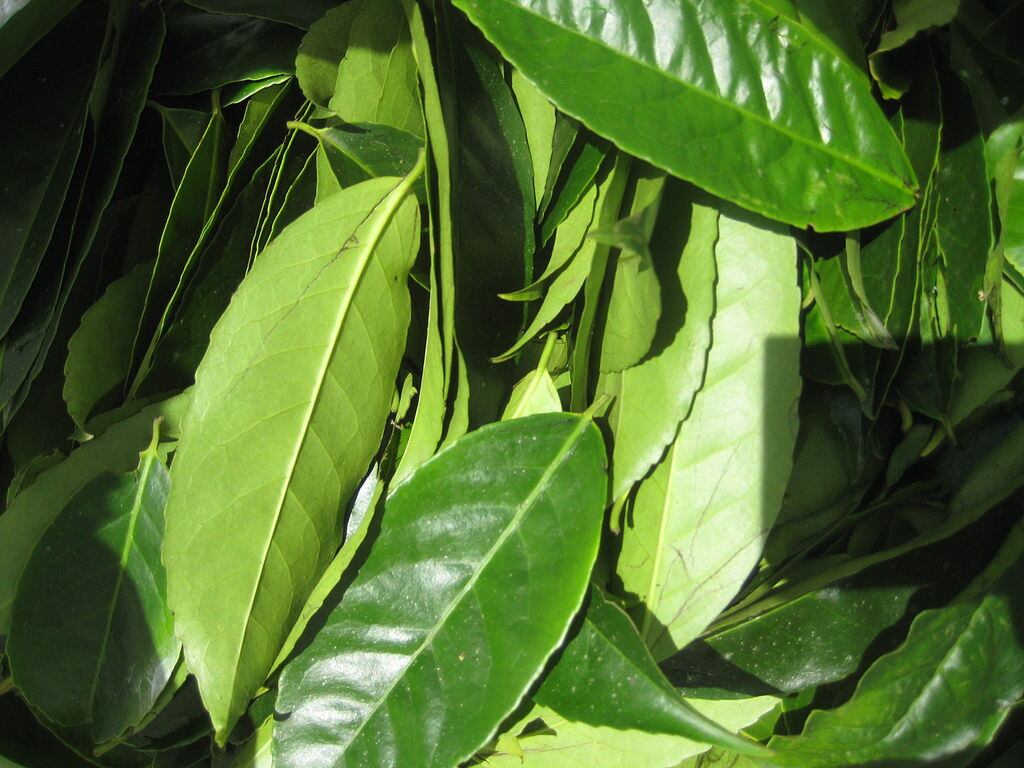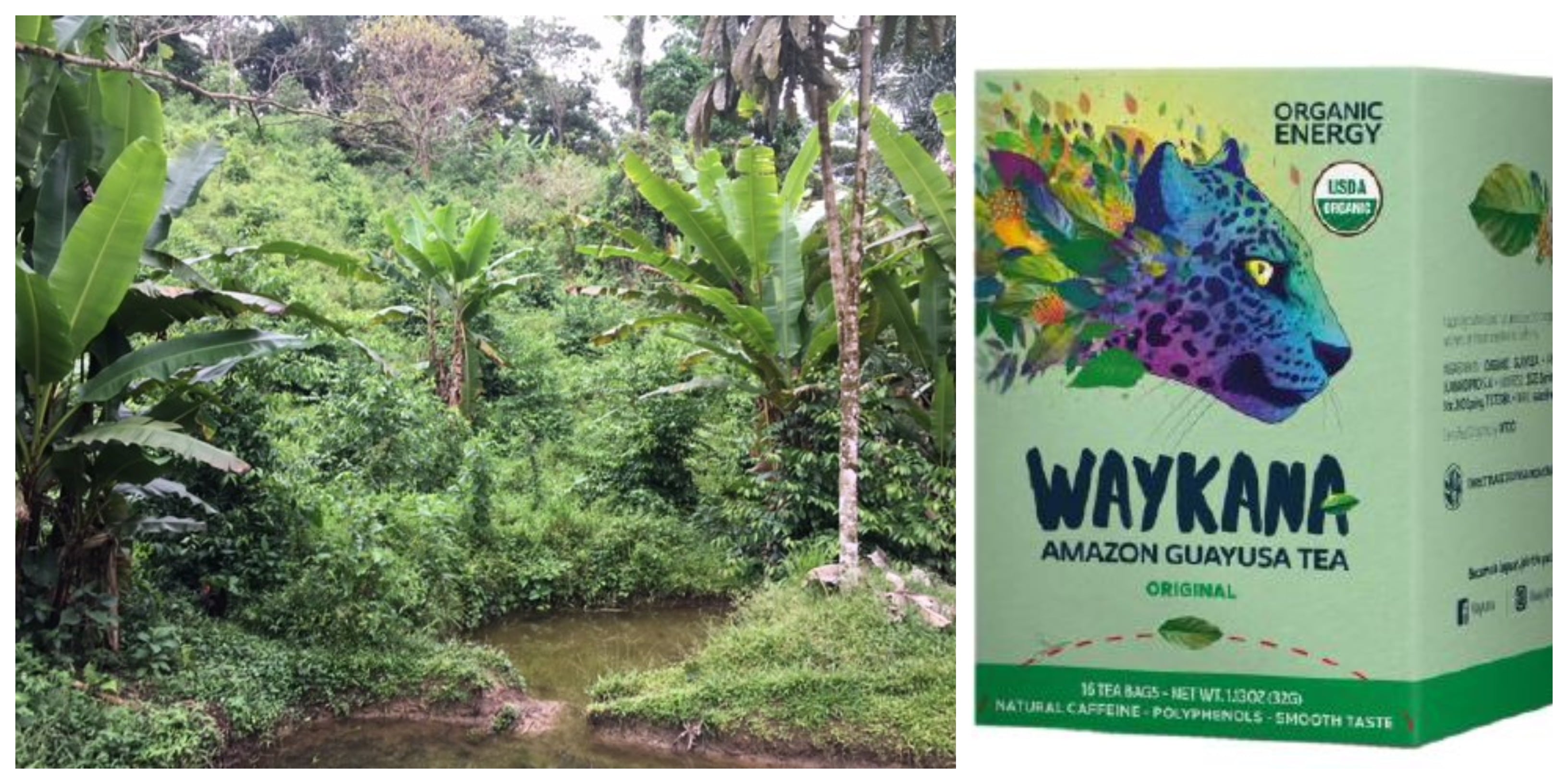Writing in Food Research International, the international team of researchers not that extracts from maté and guayusa may activate TGR5, which they describe as “a nuclear receptor of relevance for the prevention and management of diabetes and metabolic syndrome because of its involvement in the regulation of energy expenditure and insulin sensitivity”.
Both maté and guayusa contain triterpenoids, with TGR5 activation found only for ursolic acid.
The study adds to a small but growing body of science supporting the potential health benefits of maté and guayusa, which are gaining increasing attention and popularity as caffeine-rich beverages.
Guayusa in the spotlight
Guayusa (gwhy-you-sa) naturally contains caffeine, but it’s also got lots of antioxidants including chloragenic acids, isoflavones, and L-theanine. It also has no tannins, which some have attributed to its clean taste that's "remarkably smooth and slightly sweet."
Ecuadorian Kichwa people have been boiling guayusa leaves in water to make teas for thousands of years, while hunters call it the ‘Night Watchman’ because it helps them stay alert.
The plant has gained increased attention in the US market because of energy-drinks brand Runa (which means ‘fully alive’ in the Kichwa language). The company, which launched in 2008/9 with a grant from the Ecuadorian government, was acquired by All Market Inc. (AMI), owner of coconut water maker Vita Coco, in June 2018. Before the acquisition, Runa attracted celebrity investors such as Leonardo DiCaprio, Channing Tatum and Marlon Wayans.
“Guayusa is often associated to other stimulant herbs (green tea, coffee, guarana) in products presented as natural alternative to energy drinks, and is claimed to maintain wakefulness as well as induce a pleasant tranquility, since the effects of caffeine would be moderated by an high concentration of theanine, a claim unsubstantiated,” explained the authors of the new study.
Despite the increasing interest in the plant, there exists only very limited phytochemical information about guayusa, they added.
“This paucity of data, the growing popularity of guayusa, and the discovery in our preliminary tests that guayusa extracts potently activate membrane receptor G-protein-coupled bile acid receptor 5 (TGR5) combined to provide a rationale to identify its active constituents, to investigate its phytochemical profile, and to compare it with the one of maté,” they wrote.
Study details
The researchers noted that guayusa (Ilex guayusa Loes.) and maté (Ilex paraguariensis A. St. Hill) contain high levels of pentacyclic triterpenoid acids and alcohols, and both contain ursolic acid (0.7–1%) and amyrin esters (up to 0.5%).
Additional data revealed that ursolic acid was the key to activating the TRG5 receptor, they said.
“Thus, by activating the TGR5 receptor, ursolic acid increases incretin secretion and reduces blood glucose level, and, by inhibiting protein tyrosine phosphatase 1B (PTP-1B), it supresses a negative regulator of the insulin-signaling pathway,” they wrote.
“The presence of high concentrations of triterpenoids is also a distinctive trait of maté and guayusa compared to other caffeinated beverages, and provides a molecular rationale for investigating the beneficial properties of these beverages in controlled human clinical trials,” concluded the researchers.
Source: Food Research International
Published online ahead of print, doi: 10.1016/j.foodres.2018.10.005
“Bioactive triterpenoids from the caffeine-rich plants guayusa and maté”
Authors: G. Chianese et al.



